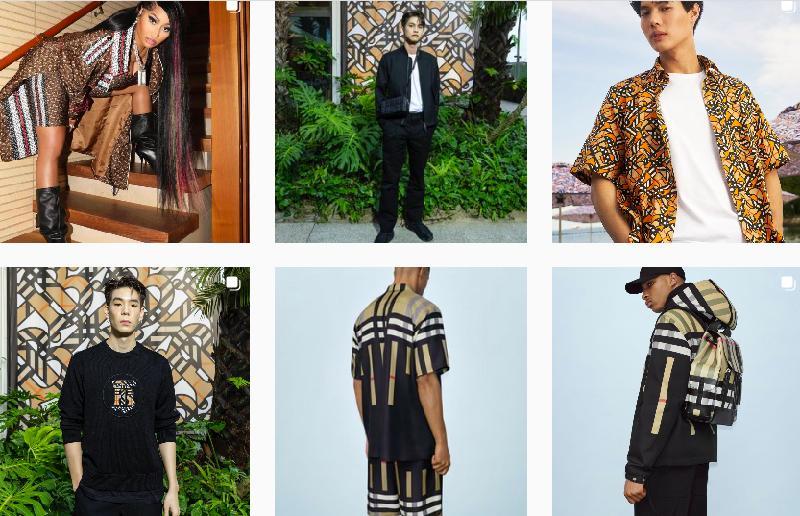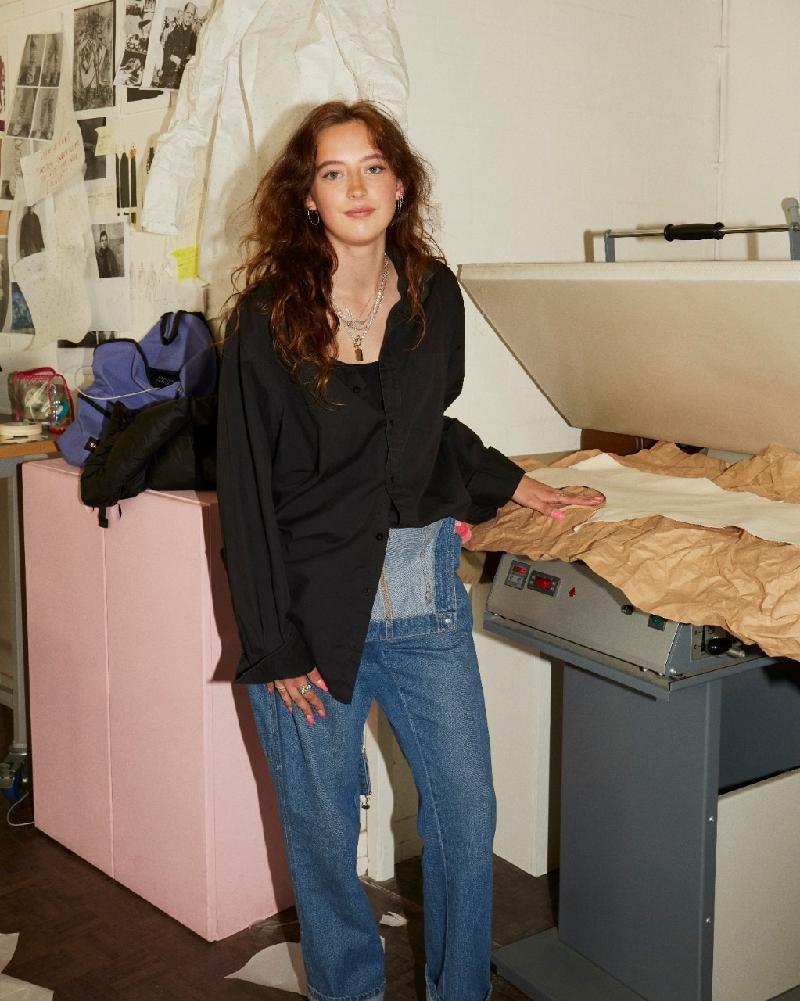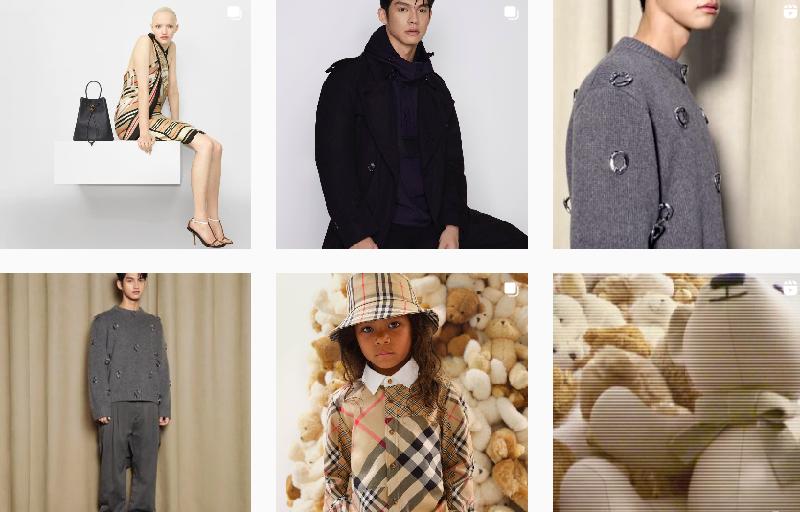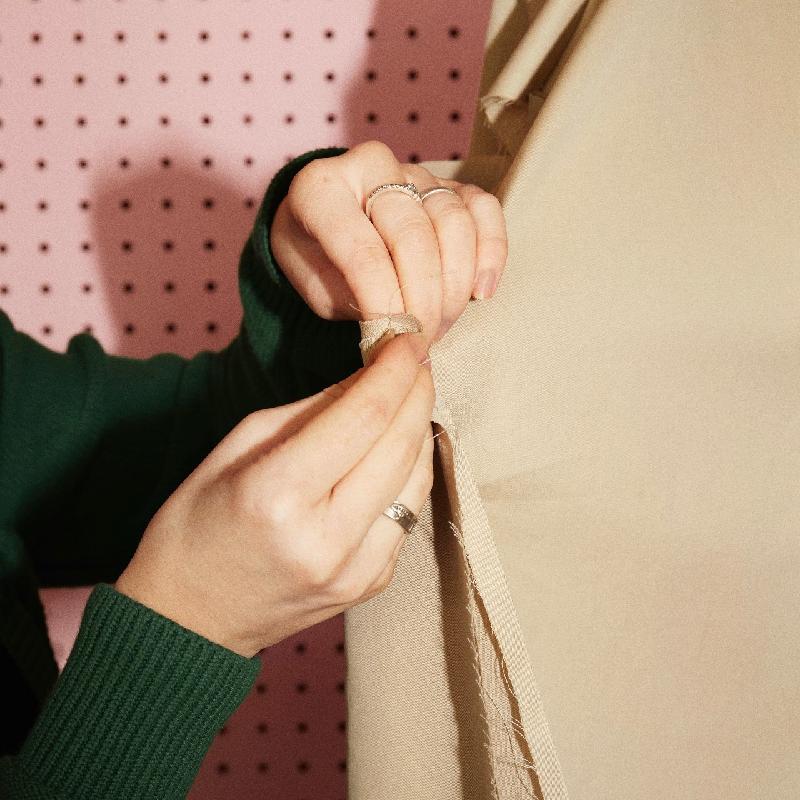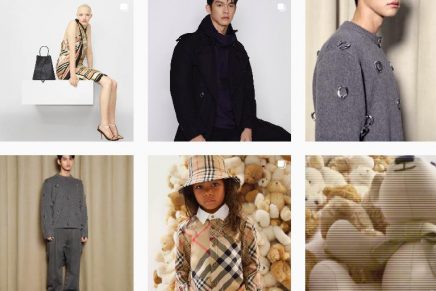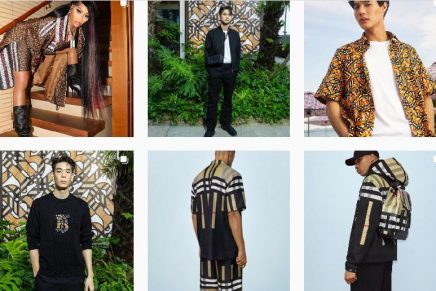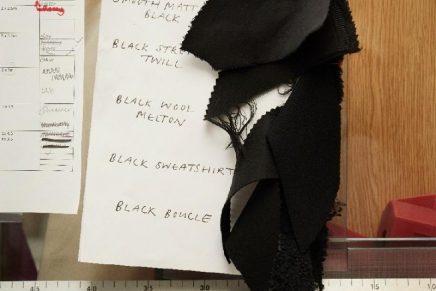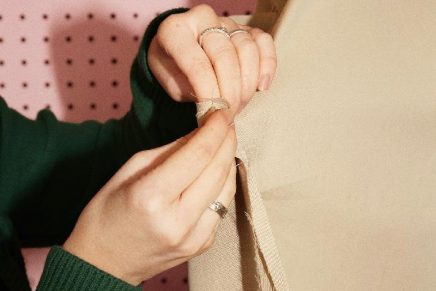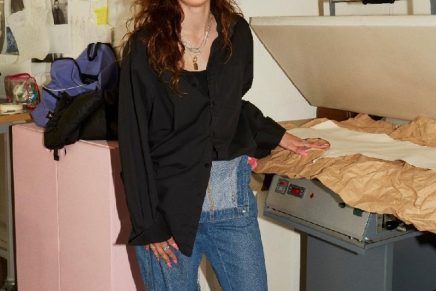Fabric is one of the most vital elements within design. It is the base. For 2022, Burberry is continuing to support creative communities and promote a circular economy by donating once more to the ReBurberry Fabric programme in partnership with the British Fashion Council (BFC).
British luxury brand Burberry is now carbon neutral across its own operations globally, all the electricity it uses is from renewable sources, and almost all of Burberry products have two or more positive attributes, meaning they carry a social or environmental benefit. Last year LVMH, the biggest luxury group, launched Nona Source, the first online resale platform for materials from LVMH Fashion & Leather Goods Maisons. Designed by experts from LVMH via its DARE intrapreneurial program (Disrupt, Act, Risk to be an Entrepreneur), Nona Source supports LVMH’s environmental strategy by rethinking sourcing and supporting the circular economy. Nona Source offers emerging creatives and brands in Europe access to high-quality fabrics and leathers at competitive prices to encourage creative re-use of materials.
Launched in 2020 with the British Fashion Council (BFC), the ReBurberry Fabric programme provides donations of leftover fabrics to fashion students, upcycling surplus fabric and saving it from going to waste.
The partnership has continued with a second donation through the programme, taking the total amount of fabric donated to over 12,000 metres to more than 30 fashion schools and universities in the UK, including the Edinburgh College of Art and the University of Brighton. Embodying our belief that creativity opens spaces, this programme encourages the next generation to consider new ways of thinking about their creative methods and material sourcing and gives them the opportunity to develop tomorrow’s approach to fashion design and production.
Through its Institute of Positive Fashion and BFC Colleges Council, the BFC is helping Burberry’s donations – which include a variety of fabrics from past collections – reach the hands of young creatives and up-and-coming designers. Providing a blueprint for brands and colleges to work together to offer practical support for future talent, the initiative enables creativity in a way that is positive for the environment, education and the collections of future creatives.
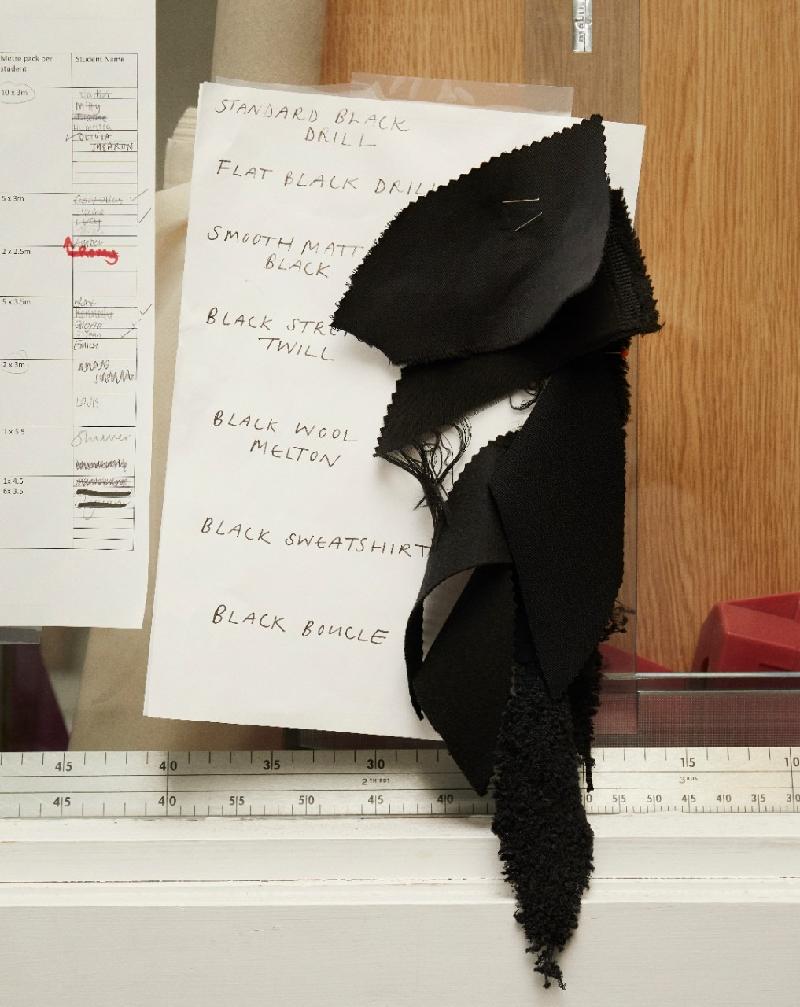
@BURBERRY EXPANDS THE @REBURBERRY FABRIC PROGRAMME WITH A SECOND DONATION TO SCHOOLS THROUGH THE @BRITISH FASHION COUNCIL
‘We are committed to supporting the next generation of exciting creatives while ensuring we all do what we can to protect the environment. We’re proud to be working with the British Fashion Council once more to help emerging diverse talent achieve their ambitions, while reinforcing the importance of sustainable practices and circularity. By equipping students with these materials and tools to help their creativity thrive, we can all create a better future for our industry.’ – Nicole Lovett, Responsibility Programme Director, Burberry.
‘One of the BFC’s priorities is to encourage the industry to move towards a circular fashion economy while supporting excellence in fashion design. We are delighted to work with Burberry, helping ensure students across the country have access to the best quality fabrics. Creative talent is at the heart of the industry and we are proud of our world-leading colleges – being able to provide these students with such opportunities is a privilege.’ Caroline Rush, Chief Executive, British Fashion Council.
‘For me, the most important aspect of the initiative would be that it allows students like myself to work with fabrics they wouldn’t have had access to before. As new designers, we want to be working with as many different types of fabrics as possible in our experiments and in the trialling stages. Along with being very wasteful, this process can be really limited and hard to do when keeping to a budget. This initiative allows students to cut down on the existing waste and provides us with more materials to work with, which I think is so important.’ Georgia Bate, 1st Year B.A. (Hons) Fashion Design with Business Studies student at the University of Brighton.
‘This initiative allowed me to experiment – draping stretch wool and combining it with my handwoven and braided rope into a one- of-a-kind creation. In the future, thanks to this initiative, I will be working with a more sustainable approach, repurposing and continuing to use deadstock materials.’ – Cayley Cochrane, 3rd Year B.A. (Hons) Fashion student at Edinburgh College of Art.
‘This initiative was an opportunity to experiment and be creative without the burden of cost associated with using high-quality materials. Burberry’s donation allowed me to experiment without bounds. For an aspiring designer, it’s reassuring to know that luxury fashion brands are actively looking to support young creatives in the industry.’ Luca McCarry, 1st Year B.A. (Hons) Fashion Design with Business Studies student at the University of Brighton.
‘Having access to this fabric allowed me to experiment and be more ambitious with my ideas and execution, which in turn created a final outcome I was extremely proud of. The main idea of this initiative has inspired me to try and design with less waste as well as to try and use deadstock fabrics and other pre-existing materials more.’ Leila Eskandary-Miles, 1st Year B.A. (Hons) Fashion Design with Business Studies student at the University of Brighton.

